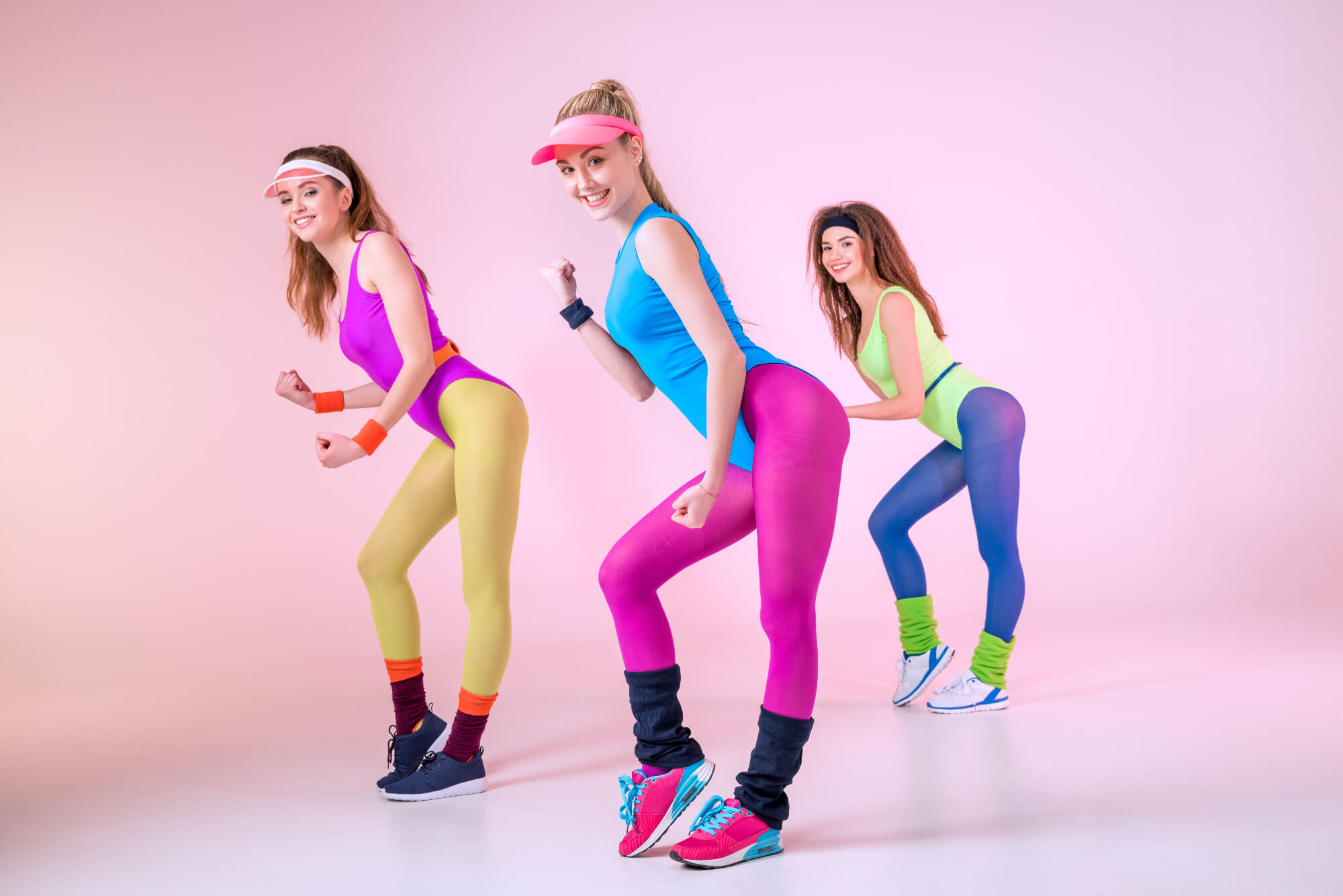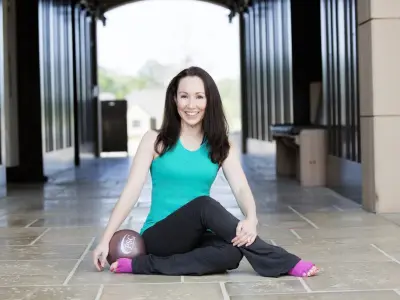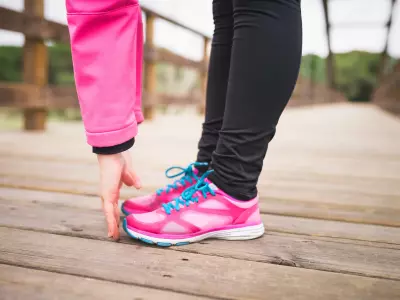Do you remember how Jay Leno used to walk up to people on the streets of NYC and ask random questions? And then the answers would be SO ridiculous and incorrect they made you cringe? Yay for showing the stupidity and ignorance of American people for entertainment. But just for fun, let’s play.
“What parts of your body make up your core?”
$10 says you’re thinking that the answer is abs.
Nope. (Insert loud buzzing noise here.)
Core. Powerhouse. Center. These words are interchangeable in the world of Pilates, but they all refer to that super important central part of the body which when used properly provides strength and stability of the entire body for great function and alignment. Anyone who has taken a Pilates class has heard something like this: “Start with your core, engage your core, use your core, squeeze your core, don’t forget about your core…” Always. More. Core.
Now raise your hand if you’ve ever wondered…..Ummmmm. What’s my core??? And how do I engage it?
First of all, I can assure you that you’re not dumb. This whole concept of acknowledging our abs as our cores has been around for a really long time. I’m pretty sure Jane Fonda was throwing those words around back in the 80s…while seriously rocking those leotards and leg warmers. And it’s not that your abs aren’t part of your core–it’s just that there is much more to it! And really working your core in its entirety does so much more for your body than just doing a thousand crunches per day. Yuck.












